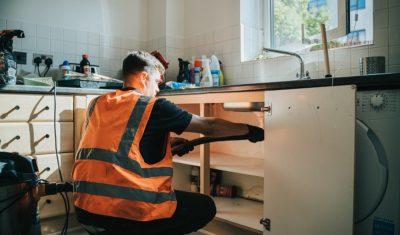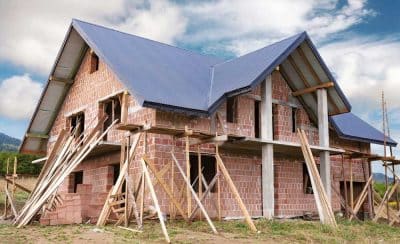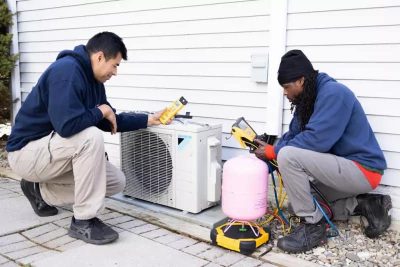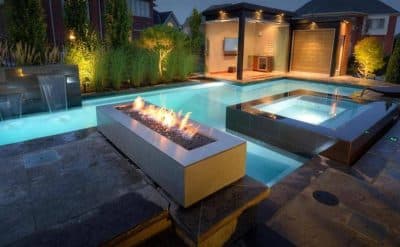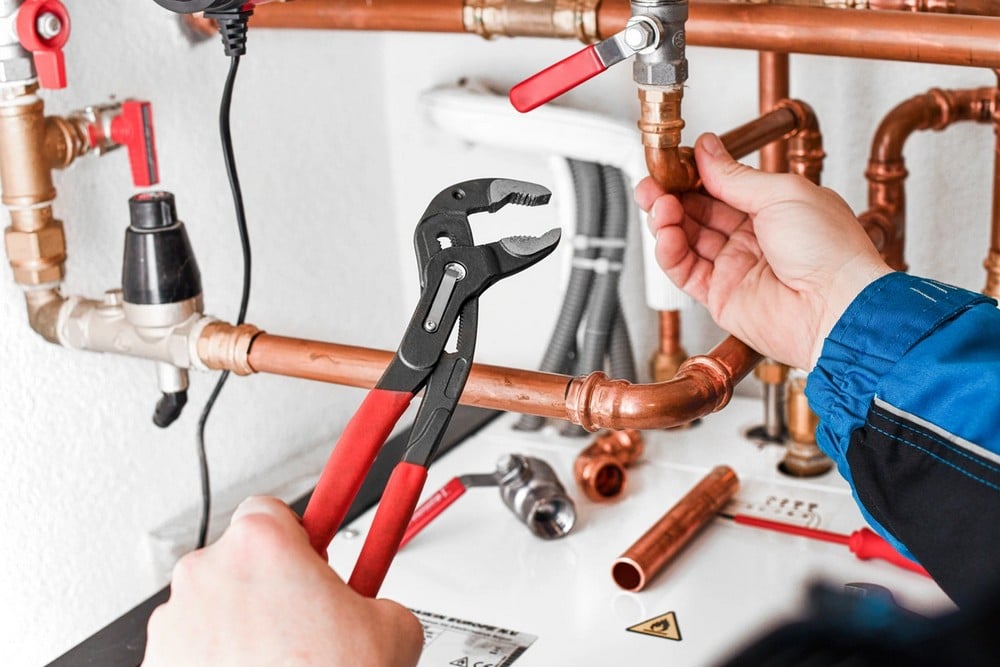
Our homes are intricate ecosystems, where water flows, air circulates, and comfort is maintained. While we often take these systems for granted, understanding their essential components is crucial for homeowners and DIY enthusiasts alike. Let’s take a closer look at the often overlooked components that make modern plumbing and HVAC systems work.
Plumbing: The Lifeline of Your Home
Plumbing is more than just water delivery; it’s about sanitation, safety, and convenience. At its core, plumbing consists of two interconnected systems.
Water supply systems bring fresh, potable water into our homes. From the municipal supply or a private well, water travels through a network of pipes, fittings, and valves. Consider these key elements:
- Plastic Pipe Fittings: These versatile fittings connect pipes of various sizes and materials, ensuring a leak-free system. Their durability and resistance to corrosion make them a popular choice for modern plumbing.
- Pressure Regulators: These devices maintain safe and consistent water pressure throughout your home, protecting your appliances and fixtures.
- Water Meters: A homeowner looking to monitor their water usage might consider purchasing water meters for sale, an essential tool for conservation and leak detection.
The drainage and vent systems, while less glamorous, are equally vital for maintaining a healthy and functional home. They work together to efficiently carry wastewater away from our homes while ensuring proper air pressure within the pipes, preventing unpleasant odors and potential clogs. Traps, those ingenious U-shaped pipes, serve as a barrier against sewer gases, safeguarding our indoor air quality. Vent stacks, vertical pipes strategically placed throughout the system, introduce air to prevent vacuums that could hinder the smooth flow of wastewater. And though seemingly insignificant, the 1 inch check valve plays a critical role in preventing backflow, ensuring contaminated water never makes its way back into our clean water supply.
HVAC: Climate Control and Air Quality
Heating, ventilation, and air conditioning (HVAC) systems work in harmony to maintain a comfortable indoor environment. While the specific components vary depending on the type of system (forced air, radiant, etc.), some elements are universal.
Heating Systems
Heating systems, essential for comfort during colder months, encompass a variety of technologies designed to warm our homes. Furnaces, fueled by natural gas, propane, or oil, heat air and distribute it efficiently through a network of ductwork, ensuring a cozy atmosphere even on the chilliest days. Boilers, on the other hand, take a different approach, heating water that is then circulated through radiators or the increasingly popular in-floor heating systems, providing a gentle and even warmth. Heat pumps, renowned for their versatility, can both heat and cool your home, ingeniously transferring heat between the indoors and outdoors to achieve the desired temperature.
Cooling Systems
Central air conditioners are the most common cooling systems in homes. They work by removing heat from indoor air and releasing it outside. This process relies on several key components: the compressor, which pressurizes refrigerant, a substance that readily absorbs heat from the air; the condenser coil, located outside, where the absorbed heat is released into the outdoor environment; and the evaporator coil, situated indoors, where the magic of heat absorption occurs, cooling the air before it is circulated back into your living spaces.
Ventilation Systems
But a comfortable home isn’t just about temperature; it’s also about air quality. Proper ventilation is paramount for maintaining a healthy indoor environment, as it replenishes stale air with fresh oxygen while removing pollutants, allergens, and excess moisture. Exhaust fans, commonly found in bathrooms and kitchens, play a vital role in expelling moisture and odors, while energy recovery ventilators (ERVs) take efficiency to the next level by exchanging heat between incoming and outgoing air, ensuring that your home stays comfortable without sacrificing energy savings.
The Importance of Maintenance
Regular maintenance is vital for the longevity and efficiency of your plumbing and HVAC systems. Consider these tips:
- Check for Leaks: Regularly inspect pipes, faucets, appliances, and fittings plastic pipes for leaks. Even a small drip can waste a significant amount of water over time.
- Change Air Filters: Dirty air filters restrict airflow and reduce the efficiency of your HVAC system. Replace them every 1-3 months.
- Schedule Professional Inspections: Have your plumbing and HVAC systems inspected by a qualified professional at least once a year. They can identify potential problems early on and perform necessary maintenance tasks.
Embracing Technology for a Smarter Home
The advent of smart home technology has revolutionized how we interact with our plumbing and HVAC systems. For example, smart thermostats learn your preferences and adjust the temperature accordingly, optimizing energy usage and potentially saving you money on your utility bills.
Leak sensors can detect even small leaks in your plumbing system, alerting you to potential problems before they cause significant damage. Whereas, water quality monitors continuously monitor your water quality, alerting you to any changes or contaminants.
The Role of Professionals
While some plumbing and HVAC maintenance tasks can be handled by DIY enthusiasts, others require the expertise of a licensed professional. If you’re unsure about a repair or installation, it’s always best to consult a qualified technician.
If you experience a major leak, a clogged drain that you can’t clear, or a problem with your water heater, it’s time to call a plumber. Similarly, if your HVAC system isn’t working properly, making strange noises, or if your energy bills suddenly spike, it’s wise to call an HVAC technician.
Conclusion
Beyond the pipes and ducts, the components of modern plumbing and HVAC systems work tirelessly to provide us with comfort, convenience, and safety. By understanding their functions and embracing technology, we can ensure that these systems operate efficiently and reliably for years to come. Whether you’re a homeowner, a DIY enthusiast, or simply curious about the inner workings of your home, this deep dive into the essential components of plumbing and HVAC systems is a valuable resource. Remember, even small improvements, like installing a low-flow showerhead or adding insulation to your ductwork, can significantly impact your home’s overall efficiency and your wallet, especially if you are choosing Titus HVAC products.


